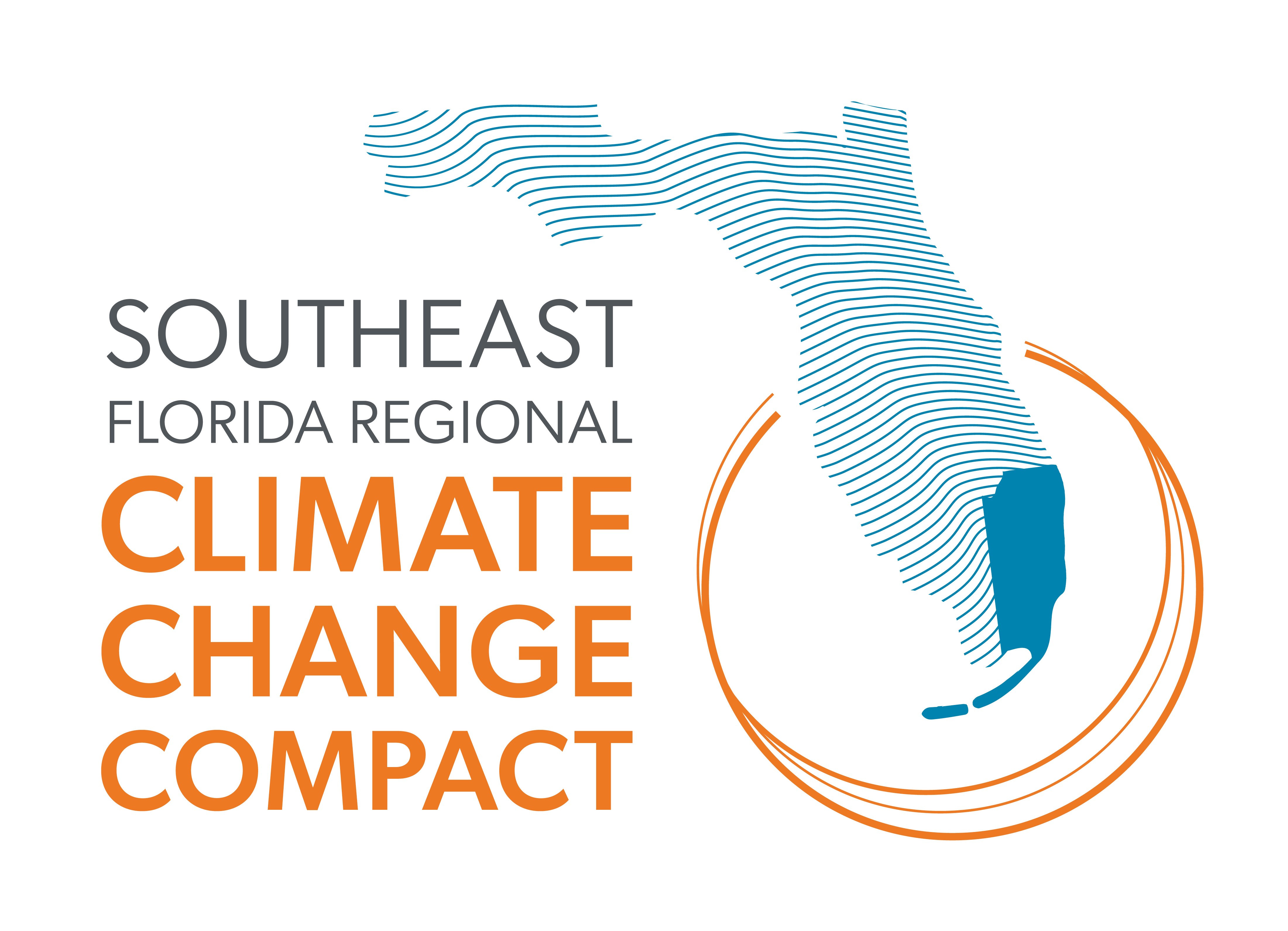Communicate climate risks and provide timely and coordinated emergency messaging.
STRATEGIES
RR-9.1 Utilize existing communications when possible and strive for consistent messaging.
IMPLEMENTERS: local governments
RR-9.2 Increase awareness and accessibility of information on foreseeable risks communities face. Communicate and share data on flood risks posed by storm surge, sea level rise, king tide, high tide flooding, extreme heat and other compounding risks provided by trusted organizations like the National Weather Service and FEMA.
IMPLEMENTERS: local governments, Southeast Florida Regional Climate Change Compact
RR-9.3 Communicate risks in an accessible way. Create materials in different languages, including American Sign Language, and disseminate these materials through traditional media, social media and the arts as appropriate to the community.
IMPLEMENTERS: local governments, non-profit organizations, community-based organizations, arts and cultural organizations
RR-9.4 Determine the most locally relevant communications strategies and channels. Align with public emergency messaging and existing government notification systems to ensure redundant lines of communication. Use effective communication strategies, such as social media, multi-platform emergency alert systems and existing government notification systems.
IMPLEMENTERS: local governments
RR-9.5 Utilize non-internet public communication alternatives due to power outages, such as community boards in public spaces.
IMPLEMENTERS: local governments
RR-9.6 Fortify and build the resilience of communications, telecommunications and network infrastructure to ensure timely post-disaster response.
IMPLEMENTERS: private sector
